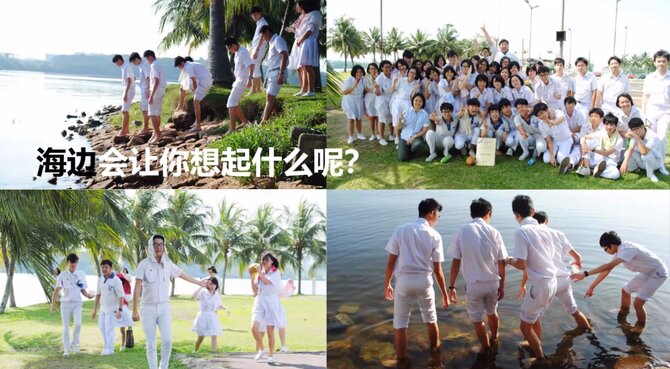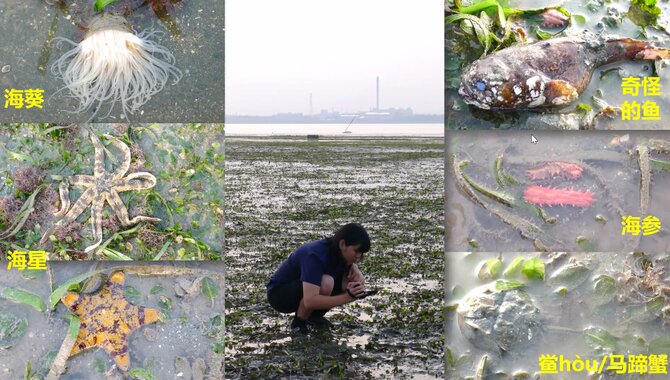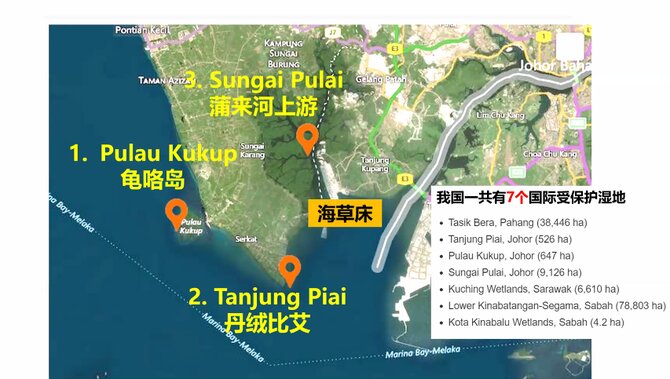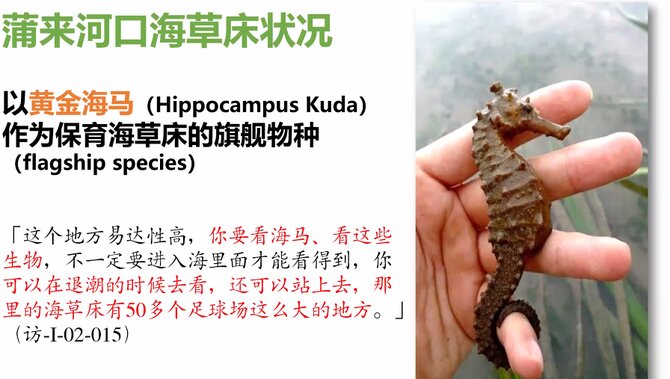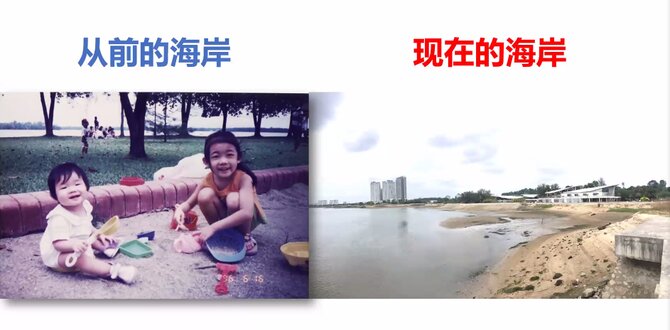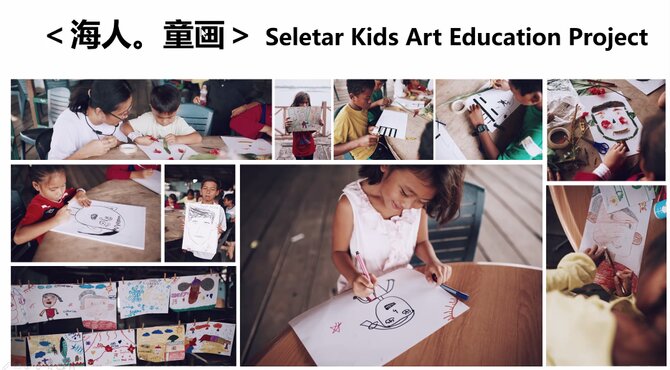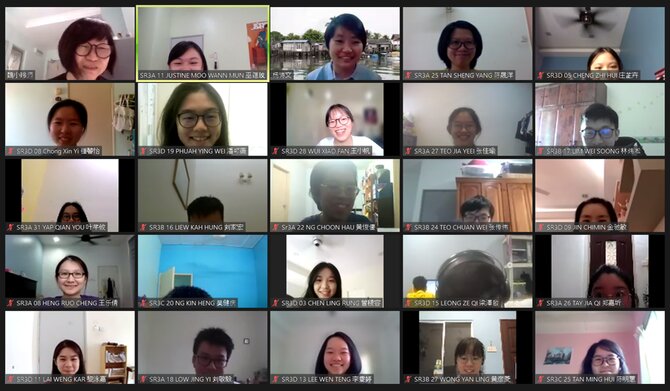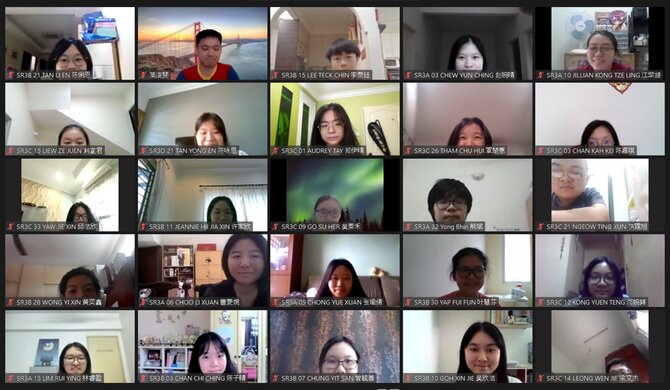Reported by:
Michael Ng Sr3A
Ever wonder what life is like by the sea?
Have your curiosity satiated with the “Orang Laut & The Ocean” talk (海人与海) held on Tuesday, 14 September at 11am, featuring special guest speaker Ms Yong Shi Wen.
Ms Yong is a geography teacher at Foon Yew High School, Seri Alam with a deep connection to nature and natives along the Straits of Johor.
Hosted by Ms Gue Soi Ling, the talk was attended by students from all four Senior Three Arts and Commerce classes as well as various Geography teachers. Students were given a worksheet beforehand to be filled in during the talk.
To begin, Ms Yong first introduced herself and her experiences with volunteering and education. She recounted her experiences of growing up by the sea, imploring attendees to also consider what the sea meant to them.
Next, she moved onto an overview of marine life found around coastal waters, which was a perfect segue into one of the highlights of the day: seagrass!
As Ms Yong put it, “Seagrass is basically any plant growing in the water, which is consumed by marine animals. It’s different from seaweed, which is basically the nori we eat.”
This brought Ms Yong to talking about the seagrass beds found at the mouth of Sungai Pulai in Johor, along with the seven Ramsar Sites (i.e. wetlands with international protection) nationwide; three of which are in Johor state. “Unfortunately, only the upstream of Sungai Pulai is protected, leaving the seagrass beds vulnerable,” added Ms Yong.
She then talked about golden seahorses which live in the seagrass beds and are vulnerable to extinction according to the IUCN. An organisation she mentioned earlier, Save Our Seahorse, is brought up again here as they are active in collecting data on the seahorses and seadragons around the area.
Due to time constraints, talk about more marine life was cut short as Ms Yong moved onto the second highlight of her talk: the Orang Seletar.
According to Ms Yong, the Orang Seletar are one of the 18 peoples of the Orang Asli (indegenous people of peninsular Malaysia), belonging to the Proto-Malay sub-ethnic group. They are also under the Orang Laut umbrella, which encompasses any seafaring Orang Asli.
“Since they live by the Straits of Johor, known as Selat Johor in Malay, they are called Orang ‘Selet’-ar,” said Ms Yong.
Ms Yong subsequently went into more detail about Orang Seletar: they are animistic people who have lived around coastal areas of the Straits of Johor for a long time. Previously living on boat houses, they now live in stilt houses with roofs made from mengkuang leaves. As they live near bodies of water, they utilise rivers and other waterways as main forms of transport.
Now, what does daily life look like for the Orang Seletar? They wear clothes weaved from nipah and mengkuang leaves, make chains from boar teeth and necklaces from sea snails for festivities, and have a diet of mostly seafood, clams, and mussels. Economically, they participate in aquaculture and tour guiding their heritage museum, or don’t participate at all!
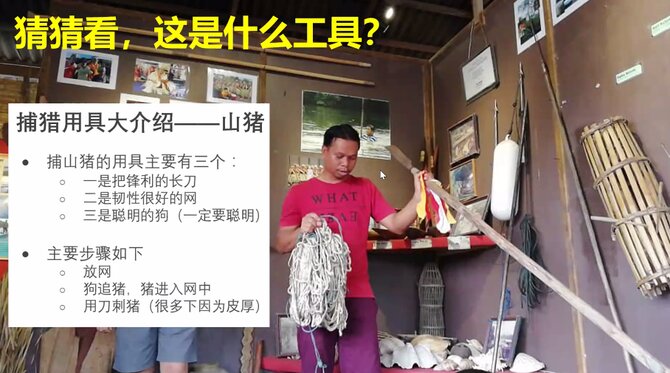 A tool the Orang Seletar use to catch boars
A tool the Orang Seletar use to catch boars

